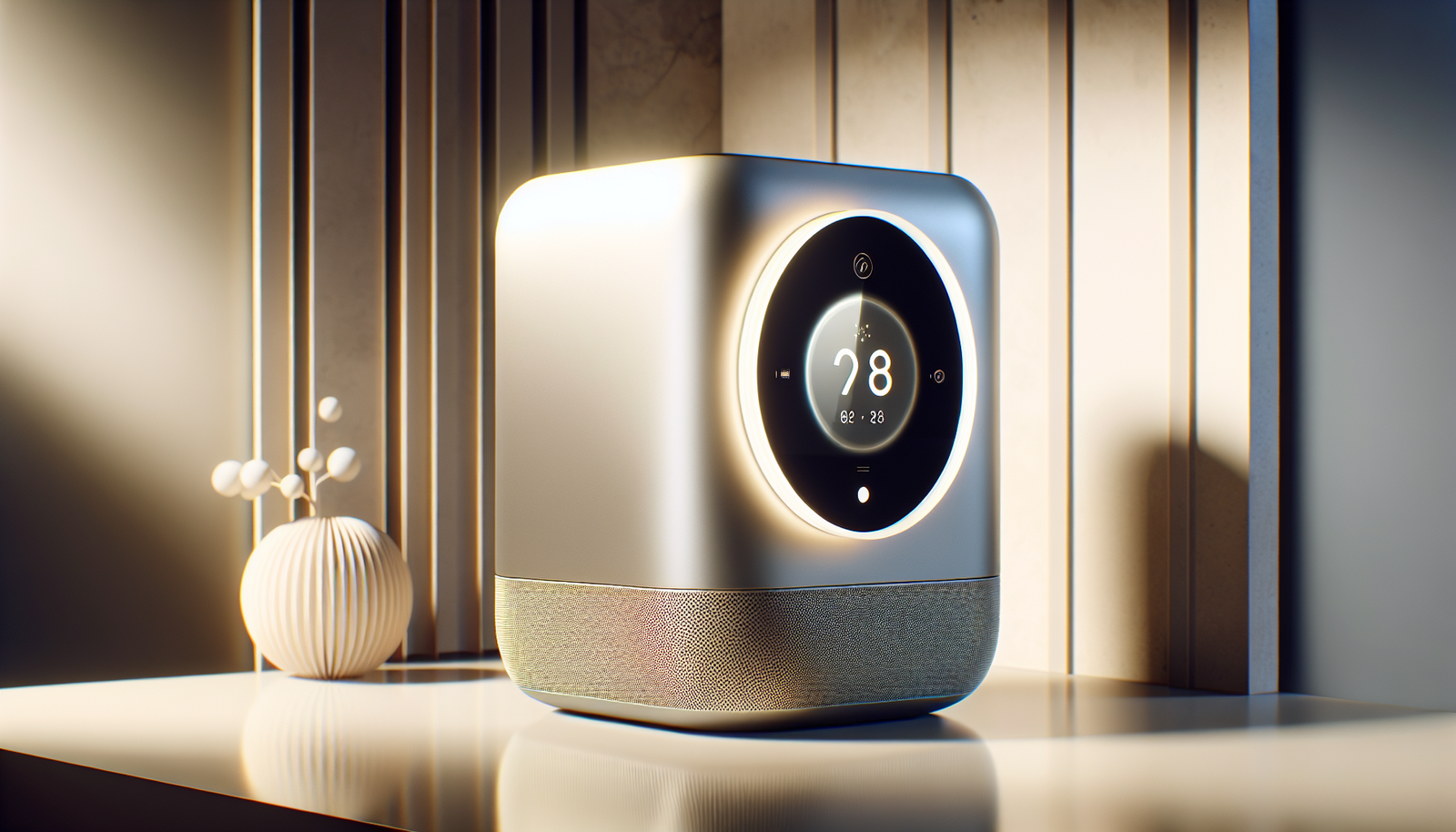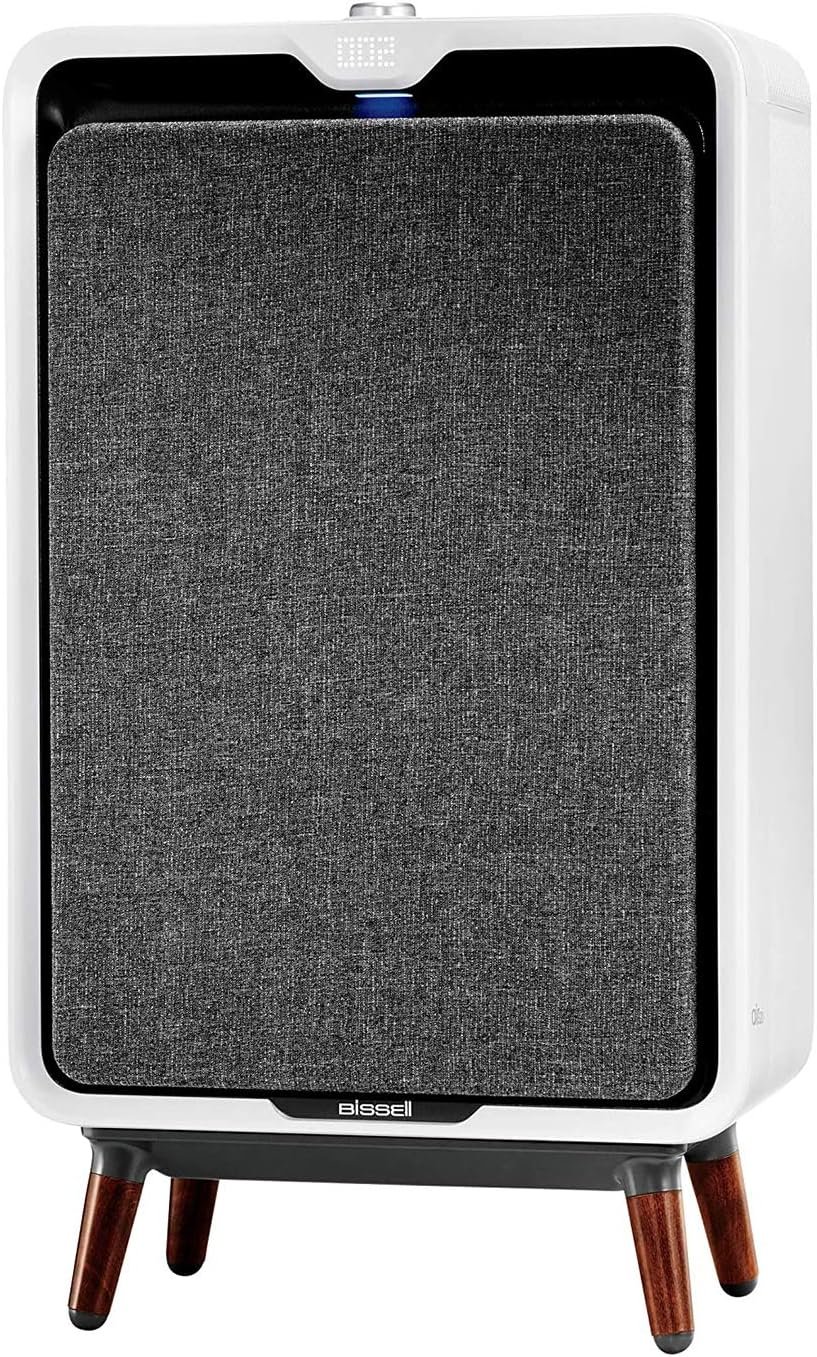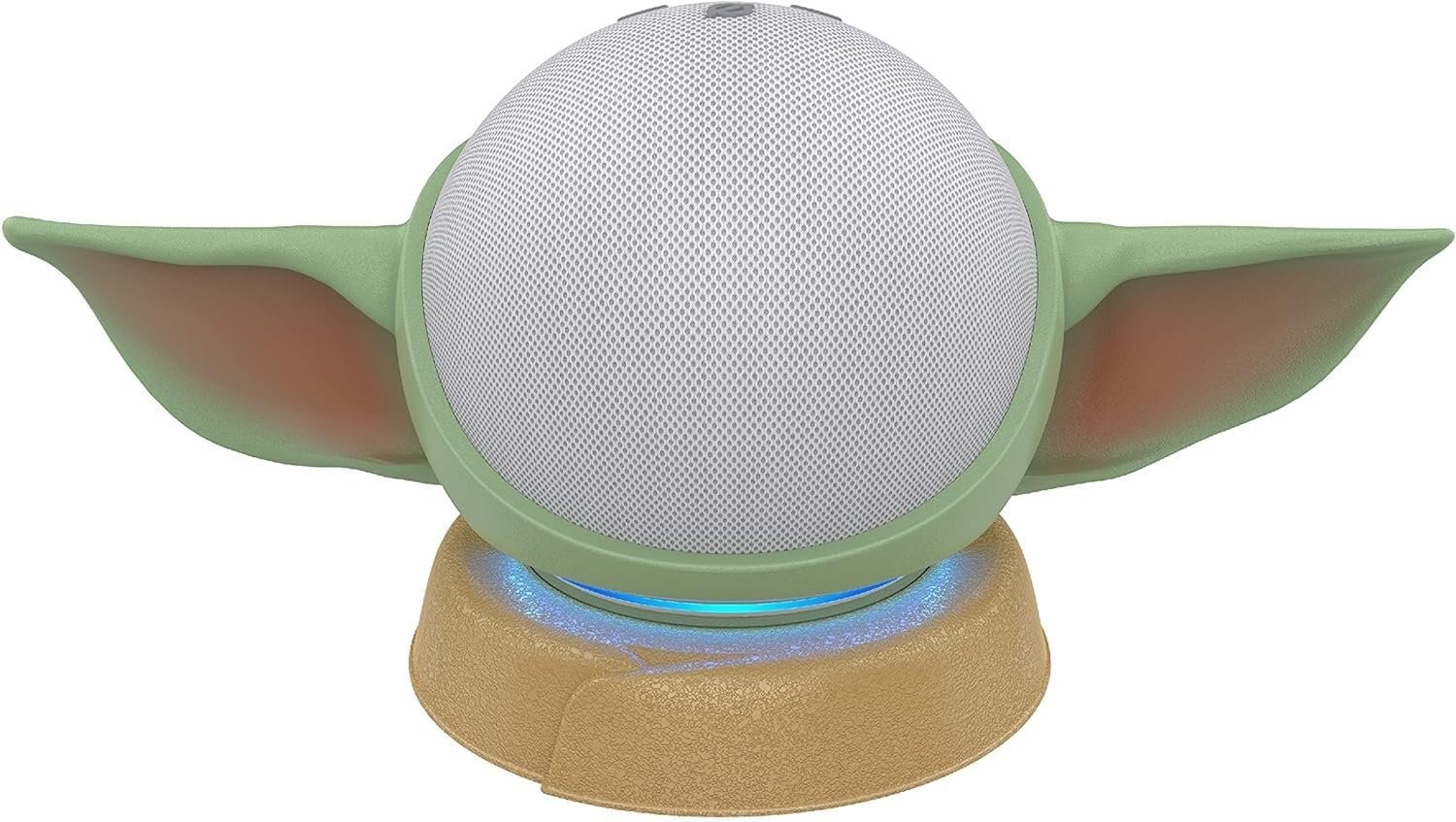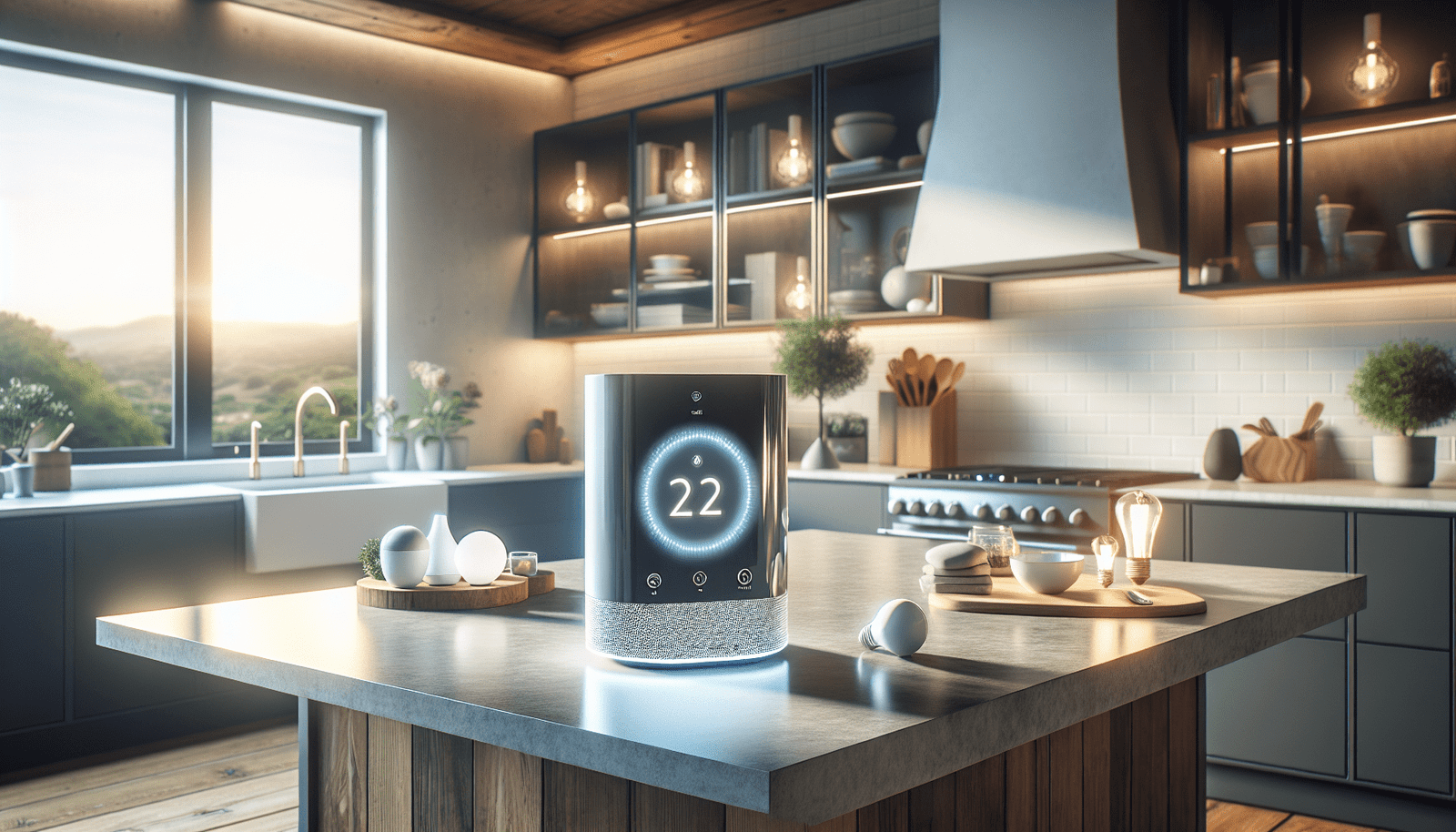Have you ever wondered how to transform your home into a sanctuary that not only caters to your lifestyle needs but also enhances your overall health and wellness? In today’s rapidly evolving tech landscape, Smart home health and wellness devices are increasingly becoming an integral part of modern living. These devices offer you the ability to seamlessly integrate advanced technologies into your daily routine, promoting a healthier, more efficient lifestyle while maintaining the comforts of home.
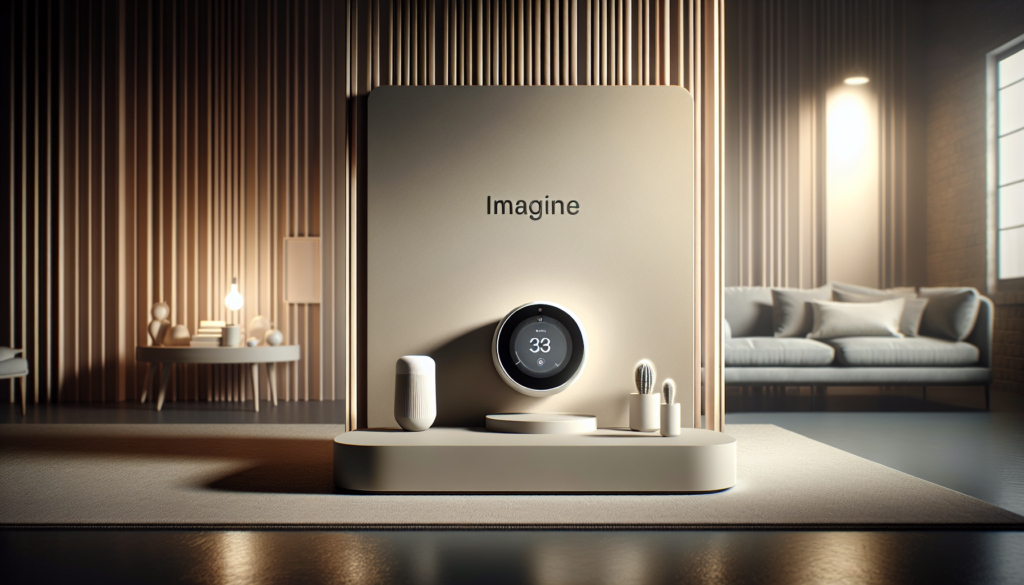
Understanding Smart Home Health and Wellness Devices
Smart home health and wellness devices are technological tools designed to assist you in monitoring and improving various aspects of your health and home environment. These devices range from smart thermometers and fitness trackers to air purifiers and sleep monitors, all working collectively to provide a comprehensive health and wellness ecosystem within the comfort of your home. As a homeowner or renter, investing in these technologies can significantly enhance your living experience by offering convenience, efficiency, and personalized health insights.
What Constitutes a Smart Home Device?
A smart home device is any appliance or gadget connected to the internet, enabling you to remotely control and automate its functions. These devices often incorporate sensors, data analytics, and communication technology to perform their tasks efficiently. For example, a smart thermostat learns your heating and cooling preferences over time to optimize energy use, while a smart scale can track and analyze your weight trends, assisting in your fitness journey.
Advantages of Smart Home Devices
The primary benefits of incorporating smart home devices into your lifestyle include increased energy efficiency, enhanced security, and personalized wellness insights. These technologies allow for optimal control over your environment, reducing energy costs and ensuring safety with features like real-time monitoring and instant alerts. Furthermore, smart health devices empower you by providing data-driven insights into your health, facilitating informed decisions for a healthier living.
Cost and Value Considerations
When it comes to integrating smart technology into your home, understanding the cost and value implications is crucial. While the initial investment in smart devices may seem significant, the long-term savings and benefits often justify the expense.
Initial Investment vs. Long-term Savings
Typically, smart devices come with an upfront cost that may vary depending on the brand, features, and complexity. However, these devices are designed to provide long-term savings through energy efficiency, reduced utility bills, and increased property value. For instance, a smart thermostat can lead to significant reductions in heating and cooling costs, while smart lighting systems can save energy by adjusting lights based on occupancy and natural light levels.
| Device | Initial Cost | Long-term Savings |
|---|---|---|
| Smart Thermostat | $150-$250 | Up to 30% reduction in energy bills |
| Smart Lighting | $20-$200 (per bulb/system) | 75% less energy than traditional lighting |
| Smart Security System | $200-$1,500 | Lower insurance premiums, deter burglaries |
ROI and Enhanced Property Value
Investing in smart home technology can enhance your property’s value by making it more attractive to potential buyers who prioritize energy efficiency and technological advancement. Real estate trends indicate a growing demand for smart homes, suggesting that the return on investment (ROI) for smart devices is becoming increasingly favorable.
Practical Setup Guides
Setting up smart home devices may appear daunting at first, but with a step-by-step approach, you can transform your home without much hassle. The key is to ensure compatibility and interoperability among devices, maintain robust network security, and follow manufacturer instructions for installation.
Choosing Compatible Devices
The first step in setting up smart home devices is choosing gadgets that are compatible with your existing systems and each other. This often involves selecting devices that work with common platforms such as Amazon Alexa, Google Assistant, or Apple HomeKit. Ensuring compatibility is crucial for seamless integration and optimal performance.
Step-by-Step Installation
Once you’ve selected your devices, follow these general steps for installation:
- Read Instructions: Thoroughly read the manufacturer’s setup guide.
- Connect to Wi-Fi: Ensure your devices can connect to the internet for remote access.
- Sync with Smart Hub: If applicable, sync devices with your chosen smart hub or platform.
- Customize Settings: Configure device settings to suit your preferences and routines.
- Test Functionality: Verify that the device functions correctly by running initial tests.
Overcoming Common Challenges
Installation might sometimes be tricky due to connectivity issues or software glitches. Ensure your Wi-Fi signal is strong and update device firmware regularly to solve most technical issues. Additionally, forums and customer support can be valuable resources for troubleshooting.
Security and Privacy Factors
The integration of smart technology raises valid concerns about security and privacy. However, with proper measures, you can safeguard your home and personal information from potential threats.
Potential Risks and Safety Features
Smart home devices, being internet-connected, are susceptible to hacking and data breaches. The risks primarily involve unauthorized access to your devices and the data they collect about your home and personal habits. However, manufacturers often incorporate high-level encryption and regular security updates to mitigate such risks.
Best Practices for Security
Adhering to best practices for security can significantly reduce potential threats:
- Use Strong Passwords: Ensure passwords are robust and unique for every device.
- Enable Two-Factor Authentication: Add an extra layer of security by requiring two forms of identification.
- Secure Your Network: Regularly update your router’s firmware and change the default name and password.
- Be Aware of Device Permissions: Carefully review and manage permissions requested by apps and devices.
By following these best practices, you enhance the security of your smart home ecosystem, ensuring that your gadgets serve you without unwanted intrusions.
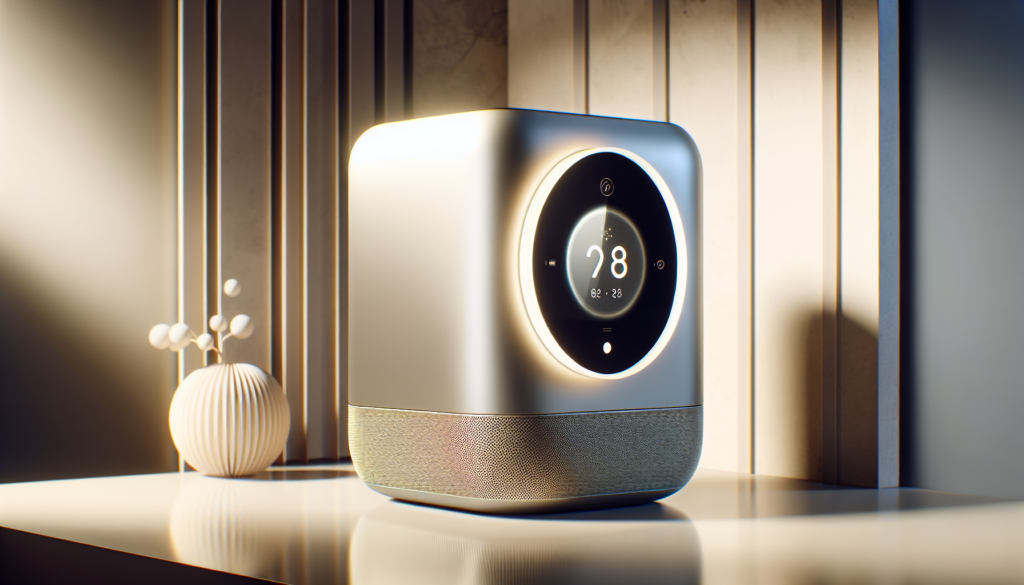
Energy Efficiency and Sustainability
Smart home devices are at the forefront of energy efficiency and sustainability, offering solutions that not only reduce your carbon footprint but also result in cost savings.
How Smart Devices Contribute to Energy Reduction
Devices like smart thermostats, lighting systems, and smart meters are designed to minimize energy consumption by tailoring their operations to your personal patterns and environmental conditions. For example, a smart thermostat adjusts heating and cooling based on occupancy and weather forecasts, while smart lighting can automatically switch off in unoccupied rooms.
Impact on Sustainability Goals
Using smart technology aligns with broader sustainability goals by reducing energy waste, promoting efficient resource use, and minimizing environmental impact. With features that monitor and optimize daily energy use, smart devices play a crucial role in supporting sustainable living and can help you meet personal and community sustainability targets.
Compatibility and Connectivity
Ensuring that your smart devices can communicate seamlessly is critical for a cohesive smart home experience. This involves compatibility with various platforms, hubs, and voice assistants, all of which play a pivotal role in connectivity.
Platforms and Protocols
Smart devices utilize different protocols to communicate, such as Wi-Fi, Bluetooth, Zigbee, and Z-Wave. Understanding these protocols can help you select devices that are compatible with your smart home setup. Moreover, aligning your devices with a central platform, like Amazon Alexa or Google Assistant, facilitates easier management and control.
Seamless Integration with Voice Assistants
Voice assistants are central to user-friendly smart home ecosystems, allowing you to control devices with simple voice commands. Integrating your devices with voice assistants involves linking them through a common app and establishing control routines that suit your habits and preferences.
| Device | Compatible Assistants | Unique Features |
|---|---|---|
| Smart Thermostat | Alexa, Google, HomeKit | Energy reports, learning capabilities |
| Smart Plug | Alexa, Google | Scheduling, energy monitoring |
| Smart Lock | Alexa, Google, HomeKit | Remote access, temporary access codes |
Future-Proofing and Innovation
The world of smart home technology is rapidly evolving, with breakthroughs promising even greater integration and convenience. Staying informed about future trends can help you make smart investment decisions and prepare your home for upcoming innovations.
Emerging Trends in Smart Home Technology
Current trends indicate a shift towards more eco-friendly products, enhanced AI capabilities, and increased focus on health-oriented devices. For instance, AI-enabled smart fitness mirrors and advanced air quality monitors are becoming popular as they provide real-time health insights and personalized recommendations.
Preparing for Future Technologies
To future-proof your smart home, consider investing in devices with regular software updates, open-source platforms that allow for additions and customizations, and items that offer compatibility with emerging technologies. Planning for future connectivity trends ensures that your home remains on the cutting edge as technologies evolve.
In conclusion, integrating smart home health and wellness devices into your living environment offers numerous advantages, from enhanced comfort and security to improved energy efficiency and personal health insights. By understanding the fundamentals, cost implications, setup procedures, and security measures, you are well-equipped to transform your home into a smart haven that responds to your every need. As you embrace these technologies, you not only enhance your quality of life but also contribute to a more sustainable and efficient world.
